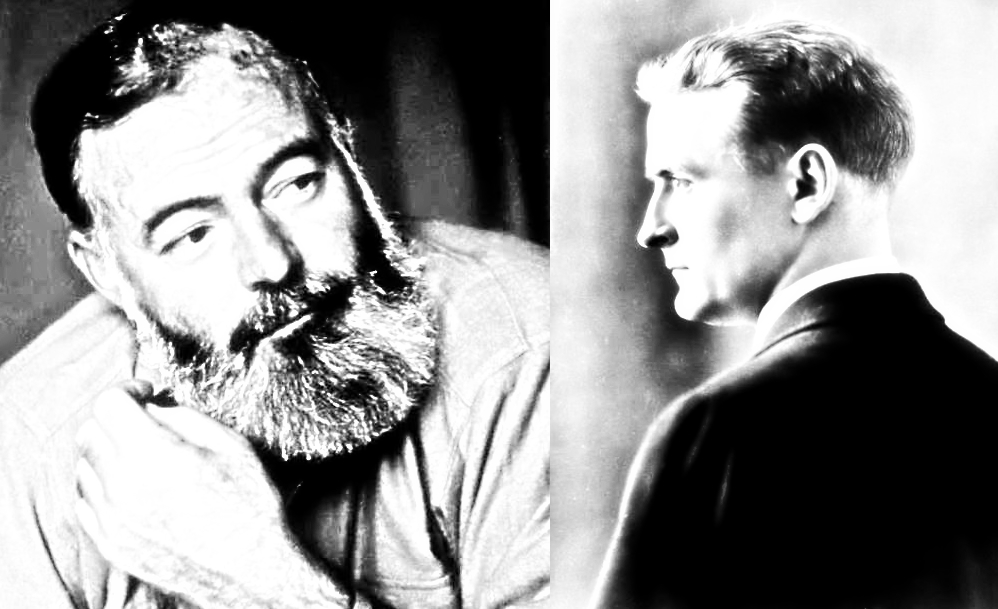The movie The Man Who Invented Christmas (2017) provides some insight into the traumas of Charles Dickens’ youth that were overlooked during his life; yet, these sufferings are still completely relevant to the immortal story of good trumping greed, A Christmas Carol, even years after its publication.
The insight I am referring to is Dickens’ time as a child laborer, which was far too common during his time to even be reflectively acceptable, and his experience as the son of a debtor, which no doubt brought great shame on him throughout his life.
Consequently, I wanted to look at the life of Charles Dickens to glean some insight about his work and beliefs so that we may better understand his creative works.
Early life
Dickens was born Charles John Huffman Dickens on February 7th, 1812, in Portsmouth, Hampshire, which is on England’s southern coast. His mother, Elizabeth Barrow, wanted to be a teacher, while John Dickens, Charles’s father, “worked as a pay clerk in the pay office of the Royal Dockyard,” and his family moved around from London, to Sheerness, and then to Chatham Royal Dockyard in Kent (Life of Dickens).
By all accounts, these years were good to Charles, but hardship was soon to follow.
The harrowing years
In 1822, the family moved to a poor neighborhood in London; a house that resembled the popular holiday work that Dickens would later write.
“When he was ten, Dickens’s father moved the family from Chatham to a smaller house in Camden Town, London. The four-room house at 16 Bayham Street is supposedly the model for the Cratchits’ house” (UC Santa Cruz).
Dickens was not able to attend school due to monetary pressures on the family, and so at the age of 12 was employed at a boot-blacking factory, where laborers were made to stick labels onto bottles of liquid shoe polish. He made six shillings a week (Biography).
To make matters worse, in 1824, his father was imprisoned for debt and was sent to a debtor’s prison, which was a now-abolished place where those who could not pay their debts were incarcerated. While Dicken’s family moved to live at the Marshalsea debtors’ prison, he had to stay behind to work at the boot-blacking factory.
“The work itself probably lasted for no more than a year, but it left scars on his imagination that never properly healed. His rage at social injustice, his sensitivity to the fate of abandoned children, his never-satisfied hunger for financial and emotional security: all this can be traced back to his time sticking labels onto bottles of Warren’s blacking” (Douglas-Fairhurst).
Continuing debt troubles and destiny
Dickens was allowed to go back to school after his family received an inheritance, but at the age of 15, he had to leave school in order to provide income for his family as an office boy. According to some research, this was defining moment for Dickens, as it gave him to the opportunity to start his writing journey.
“After leaving school, he became a parliamentary journalist and sketch-writer. He first won fame in 1836 with the antics of the cockney sportsmen portrayed in The Pickwick Papers, which was issued in 20 monthly parts” (British Library).
That year, he married Catherine Hogarth, and together they had 10 children. He would continue to write his next works quickly: Oliver Twist in 1836 and Nicholas Nickleby in 1839. Later, he published David Copperfield (1850), Bleak House (1853), and Great Expectations (1861).
Dickens was also a fan of performing his own works, and went on a lecture tour twice in the US, including an 1867-1868 reading tour. His readings during this tour included A Christmas Carol and “the trial scene from The Pickwick Papers.”
“Upon his arrival in Boston on November 19, 1867, hotel owner Harvey Parker, Jr. provided Dickens with a spacious apartment on the third floor. Suite 138-139 served as Dickens’s home during his six-month stay in the United States. It was in this suite that Dickens spent endless hours practicing his readings before a large, arched mirror in a walnut frame” (Atlas Obscura).
Final Years
Dickens and his wife separated in 1858, and he began a relationship with an actress named Ellen Ternan. He “collapsed” during a reading in 1869 (possibly a stroke) and then spent his remaining days at his home, Gad’s Hill. He died on June 9, 1870 of a stroke.
Works Cited
“Charles Dickens.” Biography, 19 Dec. 2021, biography.com/writer/charles-dickens.
“Charles Dickens, 1812-1870.” UC Santa Cruz, 30 Nov. 2AD, dickens.ucsc.edu/resources/teachers/carol/dickens_1812_1870.html.
“People: Charles Dickens.” British Library, https://www.bl.uk/people/charles-dickens. Accessed 17 Dec. 2021.
Douglas-Fairhurst, Robert. “Dickens and the Blacking Factory.” William Landay, 4 Jan. 201AD, https://www.williamlanday.com/2010/01/04/dickens-and-the-blacking-factory/.
Life of Charles Dickens (1812-1870). dickensfellowship.org/index.php/read/life-of-dickens/life-of-charles-dickens.
Rose, Sydney. “Charles Dickens’ Door and Mirror.” Atlas Obscura, 2021, https://www.atlasobscura.com/places/charles-dickens-door-and-haunted-mirror.







